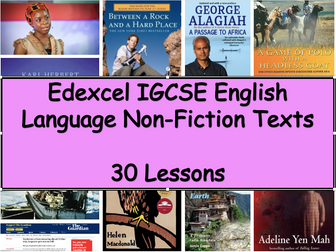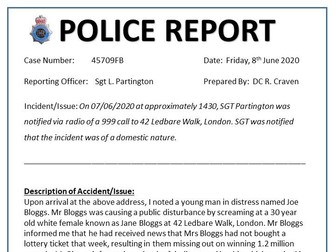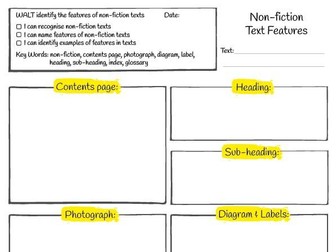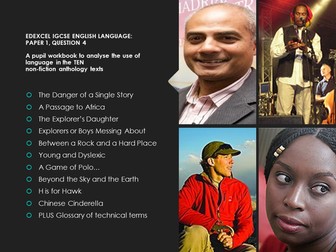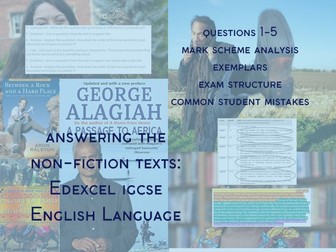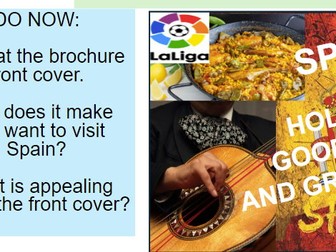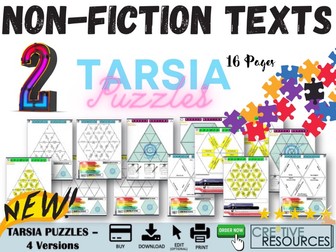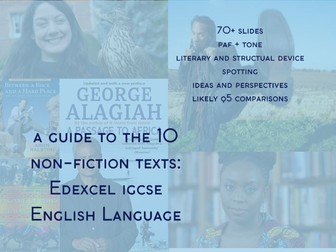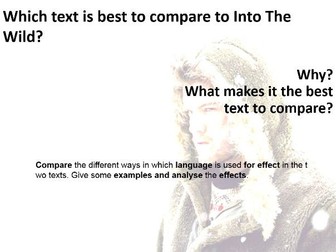
Writing a Non-Fiction Discussion Text
This is a collection of editable resources and templates I created and used for Year 3 for a ‘Non-Fiction Discussion Text’ unit. Although I created it for Year 3, it can be easily adapted for other year groups.
Includes worksheets/templates or learning objective sheets for each stage of the writing process:
Model Text
Learning the text
Creating and performing actions
Boxing up template
Vocabulary worksheet
Conjunctions worksheet
Modal Verbs worksheet
Shared/Guided write sheet
Cold task sheet
Hot task sheet etc.
Brief lesson plans for 11 sessions
All resources are fully editable.

